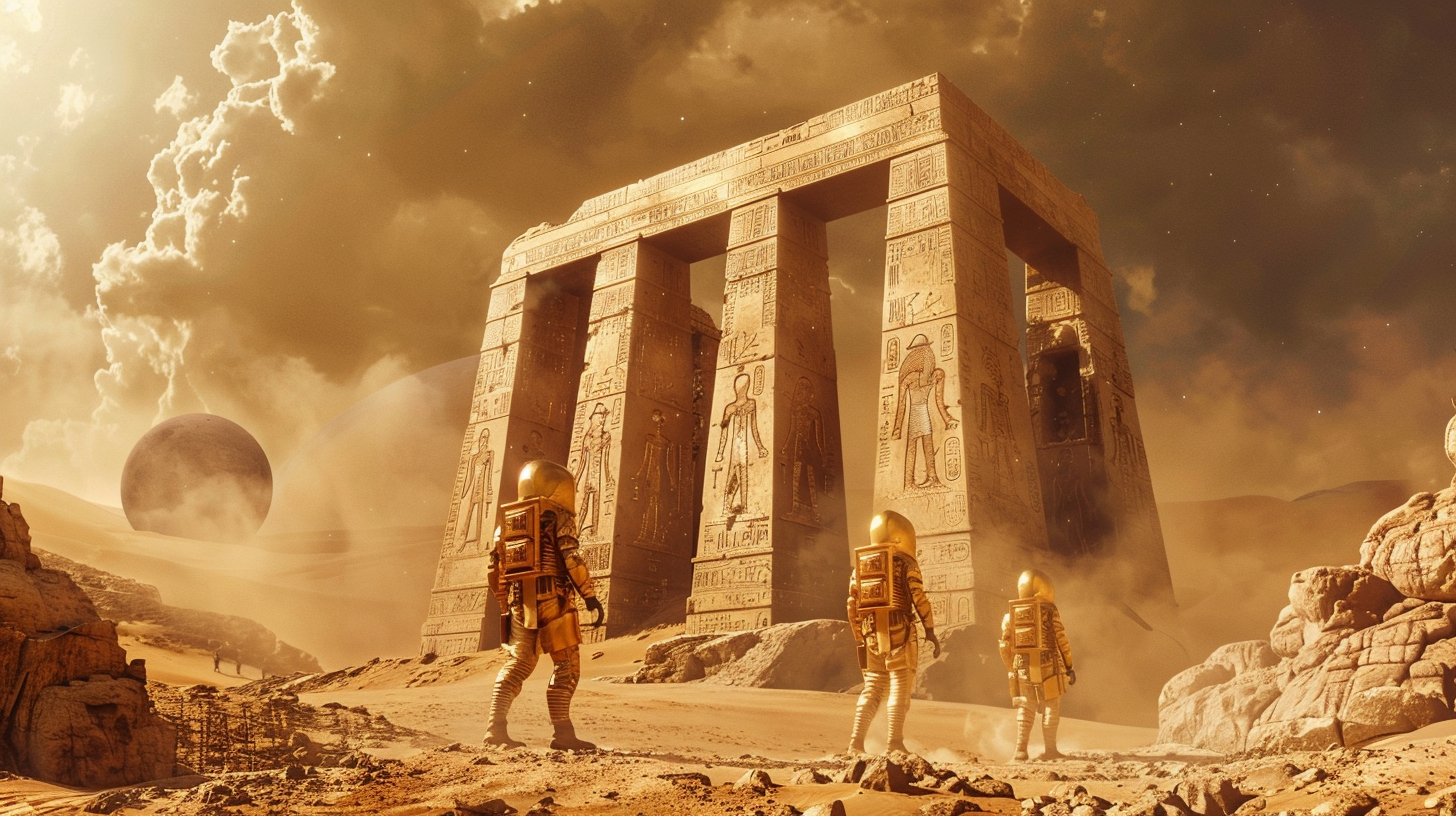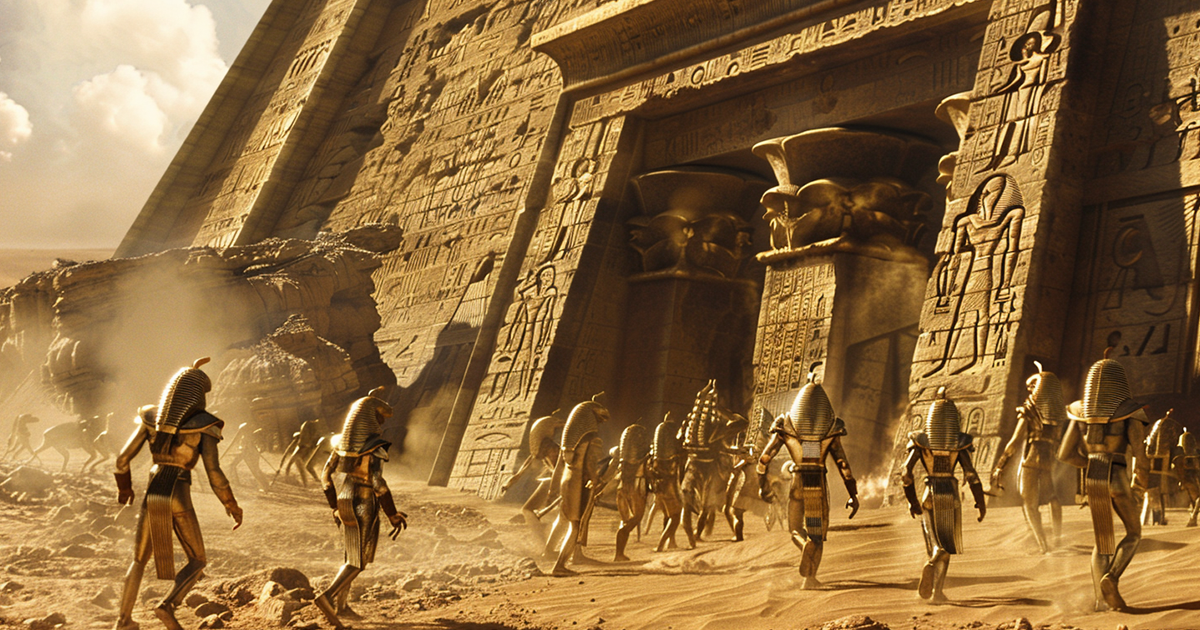Tucked away in the heart of Egypt lies the enigmatic Osirion Temple, a stunning display of the ingenuity of past architects. Its unique layout, adorned with meticulously carved megaliths and intricate embellishments, defies conventional norms, hinting at advanced expertise or possible external inspirations. Let’s delve into the enigmas enshrouding the Osirion Temple and analyze the unconventional techniques employed in its crafting.
Nestled near Abydos, Egypt, the puzzling Osirion Temple neighbors the Temple of Seti I, thought to originate from the reign of Pharaoh Seti I or his descendant Ramses II. Distinguished by its exceptional architectural elements and inventive building methods, this temple deviates from the norm with its colossal stone blocks intricately sculpted and seamlessly joined with remarkable precision.
Central to the temple’s design are imposing megalithic stones, some weighing an astonishing 100 tons, arranged in intricate formations with flawless connections. The impeccable craftsmanship and positioning of these stones give rise to intriguing questions regarding the proficiency of ancient Egyptian stonemasons and engineers. How did they achieve such astounding precision using the limited tools and technology available in that era?

Speculations suggest that the construction techniques at the Osirion Temple may have been influenced by advanced knowledge or external influences. The precisely crafted megaliths and elaborate patterns bear resemblance to edifices in diverse regions, sparking notions of potential cultural exchanges or ancient societies with sophisticated technological capabilities.
Moreover, the strategic placement and architectural scheme of the temple imply a deeper significance beyond its aesthetic allure. Dedicated to Osiris, the deity of life, death, and rebirth, the temple likely served as a venue for rituals and spiritual rituals associated with mortality and regeneration. The concealed chambers and water passageways within the temple grounds add layers of mysticism, hinting at symbolic implications and cryptic communications.
However, dissenting voices present alternative viewpoints on the construction of the Osirion Temple, attributing its precision and intricacy to the expertise and acumen of ancient Egyptian artisans. They contend that while the temple’s construction may seem unconventional by contemporary standards, it does not necessarily imply external influences or knowledge beyond the capacities of ancient civilizations.
In essence, the Osirion Temple stands as a testament to the intellect and architectural prowess of ancient Egypt. Its distinctive building techniques and ornate design continue to fascinate researchers and aficionados, fueling debates and conjectures about the origins of its creators and the enigmas veiled within its walls. Whether regarded as a product of advanced wisdom, cultural interplays, or human inventiveness, the Osirion Temple endures as an enduring emblem of Egypt’s enigmatic and splendid past.
